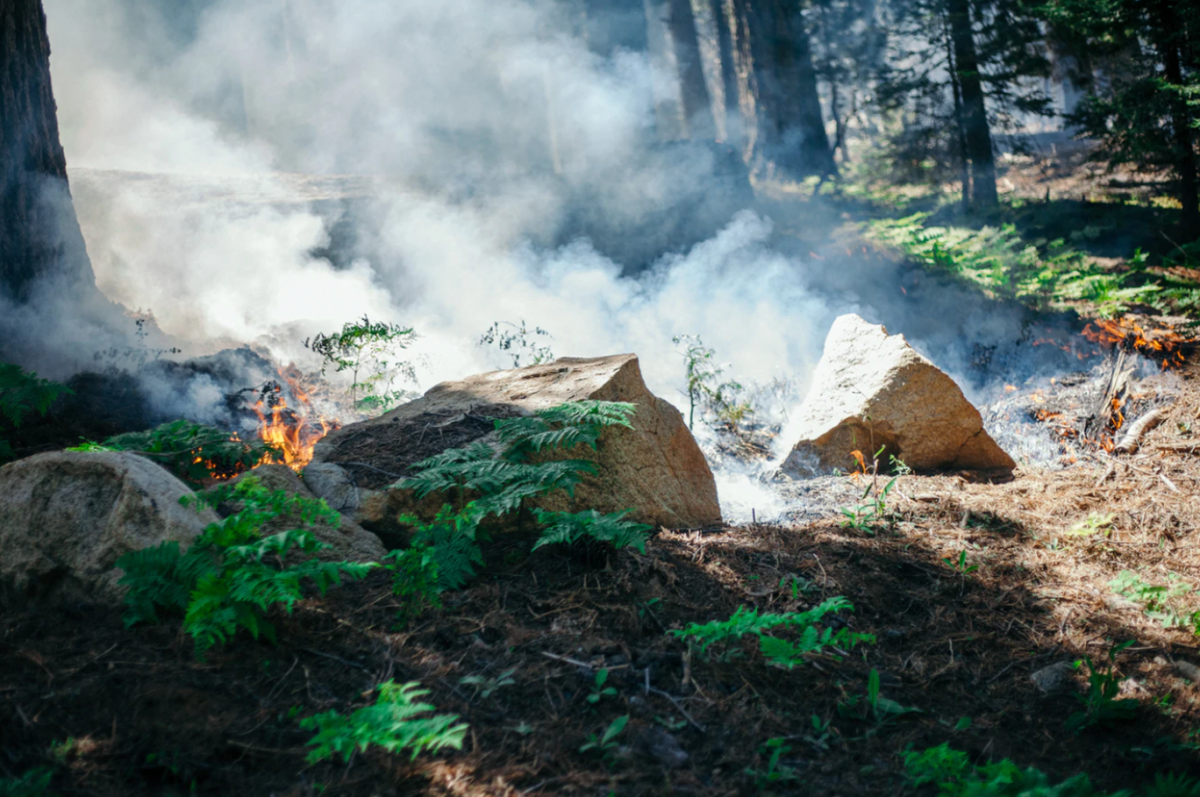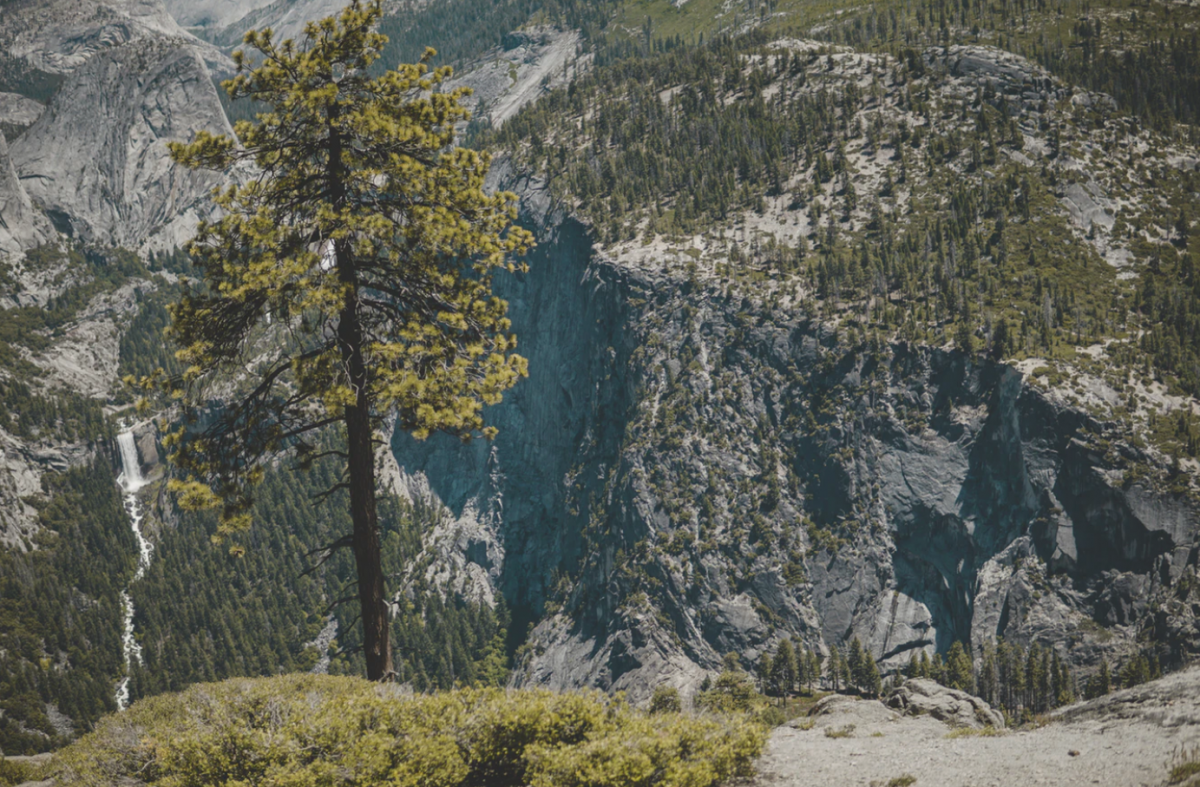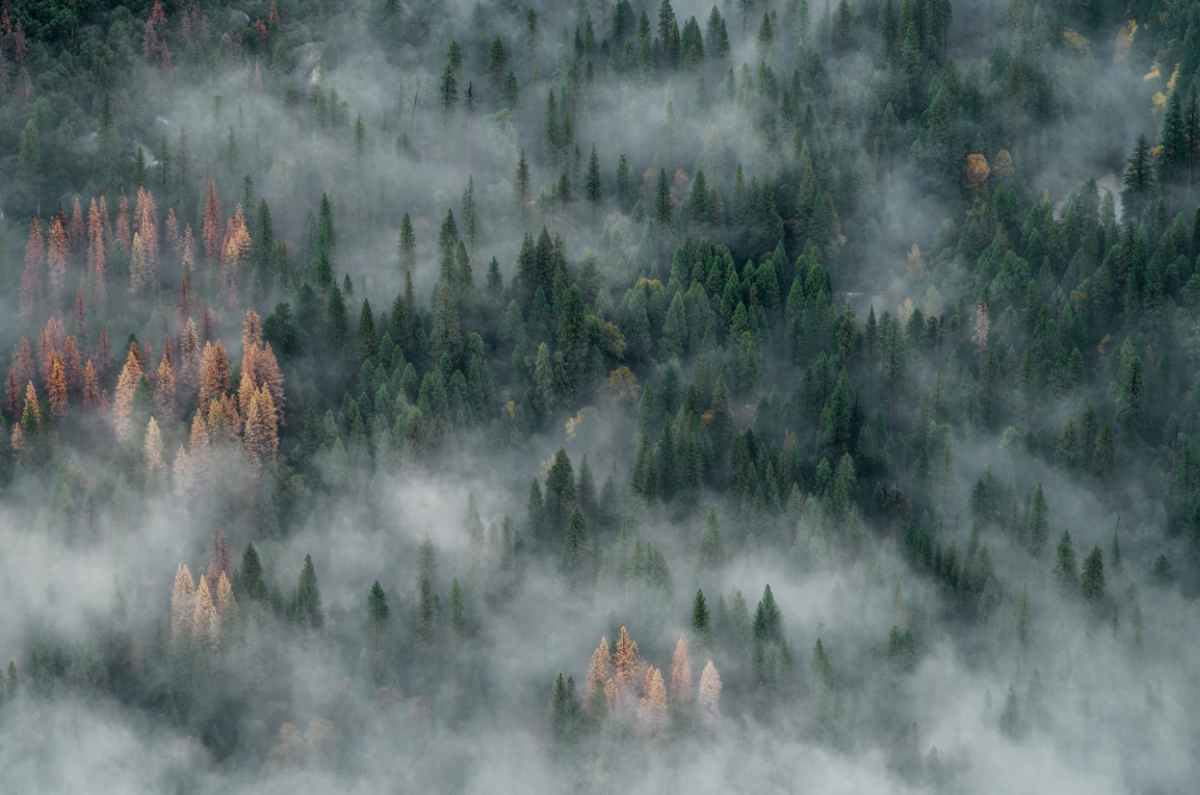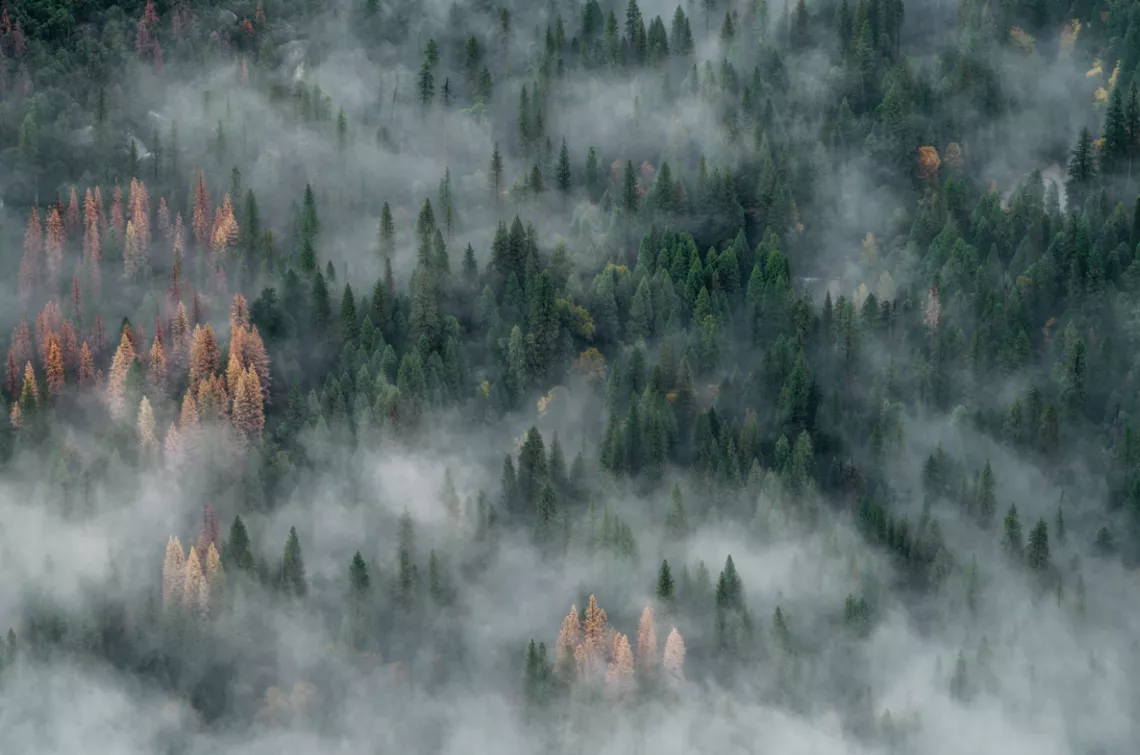October 24, 2019

Fire threatens a mixed evergreen forest. Photo by James Fitzgerald on Unsplash.
Panicked or Informed Responses?
Last January, at the direction of Governor Newsom, the California Department of Forestry and Fire Protection (CAL FIRE) quickly issued a report that listed 35 high-priority fire prevention projects to be completed immediately, before the 2019 fire season. It recommended the suspension of environmental regulation in order to implement the projects. The governor then proclaimed a state of emergency and immediate implementation of the projects, many of which involved clearing land of vegetation. But less than a year later, experts are embracing fire safety approaches that start with people more than with vegetation. The focus of 2019 California legislation is on fire safety through home construction design and materials, defensible space around existing homes, and community education, more than promoting fire safety by thinning forests and chaparral.
After a disaster like a fire, people often rush to repair what has been destroyed. That’s a natural, human response. But rushing to clear and replant after a wildfire could make things worse, not better. It is better to study the problem, weigh the options, and consult scientists and other experts before taking action.
To help Californians understand the issues in fire recovery, the California Native Plant Society (CNPS) has released a 92-page, Fire Recovery Guide. The guide is a collaboration between the California Native Plant Society, dozens of scientific experts, and more than 30 state and local organizations. It covers post-fire care and recovery of trees, soil erosion control, defensible space and landscaping, the preservation of rare plants, and a post-fire checklist for property owners, among other topics. The Fire Recovery Guide, packed with the latest scientific information, beautifully illustrates California’s diverse native habitats.
Fire Recovery Do's and Don'ts
California is one of 36 global biodiversity hotspots. There are more than 2,300 rare plant species and subspecies, each with a unique response to fire. Some rare plants tolerate and even thrive with wildfires. Others become more abundant after fires. For these reasons, and others, if the land can recover on its own, we are more likely to preserve California’s biodiversity. Experts worry about how recovery efforts could increase erosion, landslides, habitat degradation, and invasive weeds, all of which can destroy the integrity of local ecosystems and make an area more susceptible to future fire.

Yosemite National Park, one of California’s unique ecosystems. Photo by Shawn Rodgers on Unsplash
According to Liv O’Keeffe, CNPS Senior Director of Communications and Engagement, after fires, Californians make the following common mistakes.
- Using seed mixes and mulches that include noxious weeds like French broom, cheat grass, and thistles. These weeds can choke out local plants and quickly grow into fuel for wildfire
- Assuming a burned or charred tree is dead. Large, hardwood trees like oaks can often survive fire as long as their inner tissue is intact
- Ripping out vegetation and clearing debris too soon. Many native plants will sprout from their base or underground structures, or re-seed themselves. Removing them can destabilize property, contribute to erosion, and destroy habitat and food sources for nearby wildlife
- Clear-cutting property in the hopes of protecting homes. Instead, experts emphasize using fireproof building materials and establishing a 5-foot no fuel zone around all structures
- Seeding areas with California poppy mixes. Seeding is rarely recommended in burn areas
Homeowners should seek the advice of professionals about fire recovery and safety. As a rule of thumb, unless erosion is an issue, natural regeneration of the land is usually the best option. Current fire recovery guidelines are listed below.
- Safety first
- Enter a burned site only after getting the go-ahead from fires officials
- Use protective gear
- Get professional help to remove potentially toxic materials
- Minimize human intervention
- Do not clear or disturb soil or slopes during the rainy season
- Leave blackened vegetation in place until you are able to determine if plant life will recover
- Prune or remove only fire-damaged trees that endanger people or livestock
- California’s broadleaf forests and woodlands have evolved to survive periodic fires. Be patient
- Control the growth of invasive species, which may spread wildfire more than native species
- When replanting, use native species, and choose low-maintenance/low flammability plants (oak, California sagebrush and California buckwheat, for example)
- Consult an arborist or ecologist before reseeding
- Control erosion and runoff if necessary
- Be sure to obtain permits to work near creeks and wetlands
- Check drainage systems and slow water from channeling on slopes, using properly-installed wattles, rocks, weed-free mulch, and branches
- Reduce fire danger
- Design a fire-safe, defensible, landscape with a fuel-free zone that extends 5 feet around your home
- Create breaks in the area that extends 30 feet from your home
Understanding the local habitat and fire’s effect on the vegetation is important for land management and plant conservation. To learn more about the unique properties of your location, see the CAL FIRE Fire and Resource Assessment Program (FRAP) Statewide Vegetation maps. Find local plants that meet your needs and refer to the California Invasive Plant Inventory.

Yosemite Valley. Photo by John Towner on Unsplash
Thoughtful Responses
In her heartfelt essay on the CNPS website, Jennifer Jewell notes, “Fire is not new or foreign to the people and landscapes of California, and much of our native landscapes have co-evolved to live and even thrive with fire as part of the normal, healthy cycle of things. But these are not normal times and these are not normal fires.” “Now more than ever we need sound, fact-based information to inform our actions as we adapt to California’s new wildfire realities,” said CNPS Conservation Program Director Greg Suba. Suba is working with state agencies, elected officials, and stakeholder groups to help California address forestry and other vegetation concerns related to wildfire policy. “Our approach must be thoughtful and timely,” he added.
Sources:
Fire Recovery Guide, California Native Plant Society, August 2019 “Living with Fire Part 1: A Personal Perspective”, by Jennifer Jewell, California Native Plant Society, January, 2019
“Living with Fire Part 2: Wildfire and Vegetation”, by Liv O’Keeffe, California Native Plant Society, March, 2019
Cynthia "Robin" Smith, Editor. Research and Development, Naturalist, Diamond Bar – Pomona Valley Sierra Club Task Force, Chair
Cynthia "Robin" Smith, Editor. Research and Development, Naturalist, Diamond Bar – Pomona Valley Sierra Club Task Force, Chair
Additional Resources:
